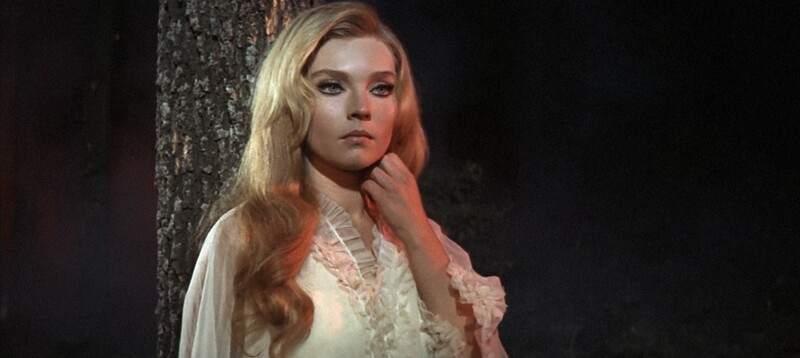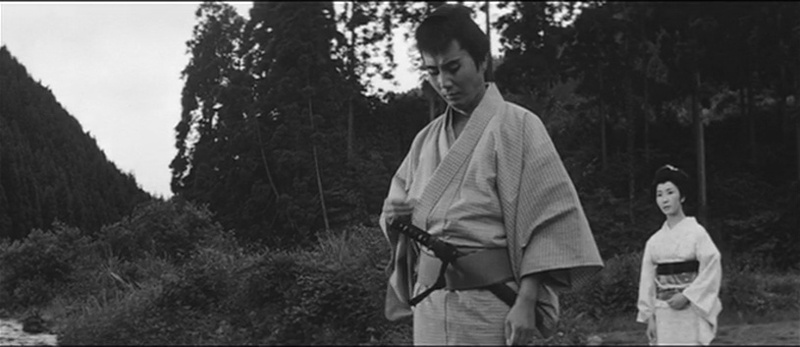
Brooklyn Stories, Told Between Cigars and Second Chances
MOVIE REVIEW
Smoke and Blue in the Face (Blu-ray)
–
/ /
Genre: Comedy, Drama
Year Released: 1995, Kino Lorber 2025
Runtime: 1h 52m / 1h 23m
Director(s): Wayne Wang; Paul Auster, Wayne Wang
Writer(s): Paul Auster
Cast: Harvey Keitel, William Hurt, Stockard Channing, Forest Whitaker, Harold Perrineau, Giancarlo Esposito, Ashley Judd, Lou Reed, Michael J. Fox, Lily Tomlin, Jared Harris, Mel Gorham, Victor Argo
Where to Watch: available now, order your copy here: www.kinolorber.com or www.amazon.com
RAVING REVIEW: The best way to approach these companion pieces is to imagine two visits to the same corner—same storefront, same faces drifting in and out—but on different days of the week. One day is all about listening; the next is about letting the room talk. SMOKE is the quiet one: a neighborhood drama that sneaks up on you through ordinary conversation and the small rituals that give people meaning. BLUE IN THE FACE is the loud cousin: faster, looser, full of diversions and drop-ins that feel like a street party. Put together, they celebrate how a place can organize a life, and how a life can reorganize a place.
SMOKE builds itself from the core of Auggie Wren’s cigar shop, a space that doubles as a waystation and a confessional. Harvey Keitel plays Auggie with a tenderness, equal parts meddler and guardian, the guy who knows your order and your secrets—and keeps both safe. Auggie’s daily photographs of the same street corner are the film’s thesis: stand still long enough and the world reveals itself in increments. That idea ripples through every storyline, especially for William Hurt’s Paul Benjamin, a writer who’s stalled out until a near-miss and an unlikely friendship push him back into the stream. The way Paul takes in Harold Perrineau’s Rashid—first as a debt, then as a responsibility, and finally as family—gives the film its backbone. Forest Whitaker’s turn, playing a father who’s learned to live around old wreckage, brings the movie’s gentlest ache into focus: the past will not be fixed, but love can still find the present tense.
What makes SMOKE feel unusually grounded is how it treats time. Scenes are allowed to breathe; dialogue wanders in a way that actually moves somewhere. You get people thinking out loud, looping around a memory or a regret until it lands. The film’s chaptered shape—short arcs that lock together—keeps the ensemble coherent without underlining themes. There’s plenty of humor, but it’s the sort that slips out of recognition rather than punchlines. When the movie finally leans into Auggie’s Christmas story, the gesture works because nothing about it is forced; it’s the natural endpoint of a film that believes stories are the tools we use to keep going.
BLUE IN THE FACE, shot fast and stitched from improvisations, takes the same corner and spins it like a turntable. The structure loosens, the cameos pile in, and the camera catches people mid-thought. If SMOKE is the Sunday morning conversation that lingers over coffee, BLUE is the long Friday night that buzzes with friends who never planned to meet but somehow all ended up here. Keitel still anchors the room, but the film keeps inviting in new voices—Lou Reed on neighborhood identity, Jim Jarmusch turning a cigarette into a ceremony, Michael J. Fox riffing through an insurance man’s swagger. It’s messy by design, a sketchbook of city life where the jokes and truths arrive out of order. Some bits are lightning in a bottle; a few feel like you had to be there. That unevenness is part of its charm, as well as its limitation.
Together they map the same terrain from two angles. The first insists that attention is love: look close enough and you’ll see the person standing in front of you. The second insists that community is process: throw open the door and let the mess in, because that’s how a block becomes a neighborhood. The shared characters deepen both ideas. Auggie, in particular, reads differently between films. In SMOKE, his project appears to be a devotion—care poured into repetition. In BLUE, it reads like stewardship: he’s not just capturing the corner; he’s keeping it alive by naming it, warming it, laughing with it.
Performance-wise, you get a rare alignment of cast and concept. Keitel’s control, Hurt’s hushed intelligence, Whitaker’s gravity, Perrineau’s restless energy—these are not showy turns, and that’s why they land. In the follow-up, Mel Gorham’s Violet gives a pulse to organize around; her volatility isn’t merely a bit, it’s a reminder that love and chaos live under the same roof. The cameo carousel in BLUE can be a double-edged sword: when the thread fades and the film leans too hard on novelty, scenes feel like curtain calls without a play. But even the indulgences feed the scrapbook feeling; it’s less a single story than a chorus.
Kino’s pairing foregrounds context that matters. SMOKE’s composed elegance and BLUE’s free-form collage aren’t accidents; they’re two intentional modes that talk to each other. Packaging them as one release lets you feel that conversation. The supplements underscore it: interviews that trace the collaborative chemistry between Wayne Wang and Paul Auster. This behind-the-scenes look mirrors the “we built this by hanging out” ethos, and festival footage that reminds you these movies once flowed into the world through theaters rather than feeds. It’s also a reminder of a specific mid-'90s independent moment when character pieces could carry the day without apology.
As a double, they reward different moods. When you want a fully cooked character piece that trusts silence, SMOKE gives you a complete meal of conversation, memory, and earned grace notes. When you want to see that same world celebrate itself—flaws, cameos, wisecracks and all—BLUE is there to pass the mic. That you can step from one to the other and feel continuity rather than whiplash is the quiet magic of the pair. One teaches you how to look. The other reminds you to look around.
Please visit https://linktr.ee/overlyhonestr for more reviews.
You can follow me on Letterboxd, Instagram, Twitter, and YouTube. My social media accounts can also be found on most platforms by searching for 'Overly Honest Reviews'.
I’m always happy to hear from my readers; please don't hesitate to say hello or send me any questions about movies.
[photo courtesy of KINO LORBER]
DISCLAIMER:
At Overly Honest Movie Reviews, we value honesty and transparency. Occasionally, we receive complimentary items for review, including DVDs, Blu-rays, CDs, Vinyl Records, Books, and more. We assure you that these arrangements do not influence our reviews, as we are committed to providing unbiased and sincere evaluations. We aim to help you make informed entertainment choices regardless of our relationship with distributors or producers.
Amazon Affiliate Links:
Additionally, this site contains Amazon affiliate links. If you purchase through these links, we may receive a commission. This affiliate arrangement does not affect our commitment to honest reviews and helps support our site. We appreciate your trust and support in navigating these links.



Average Rating